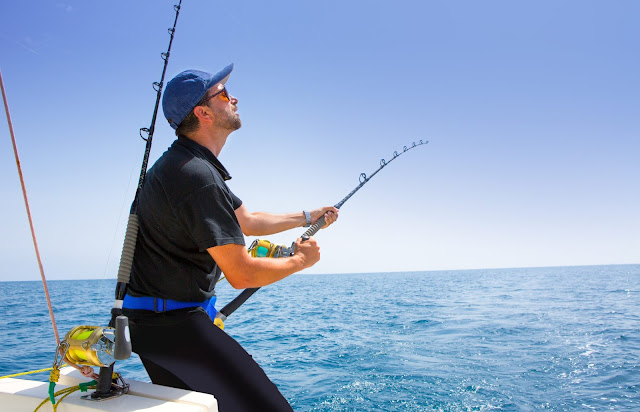Things to Look for When Choosing a Fish Finder
Looking to purchase your first fishfinder, you could be lost in the technical jargon. Examining all the various functions and features could be overwhelming for a new buyer. In addition, it's difficult to understand the various options with the different kinds of transducers, flashers, sonars, echoes, and more.
Sometimes, it's easy to get caught up between transducers and transom mounts, flashers, echoes, as well as sonar that we can't remember. The most crucial decision to make is when selecting a fishfinder. Will this help me catch the largest fish??
This is why we made this guide available to aid you in making the best choice possible regarding fishing equipment!
This guide is designed to be at a technical aspect. However, it will also help you determine which fish finder will be the most effective for the price.
These are the most important aspects to be looking for when choosing a fishing device. These items can help narrow your search and choose the fish finder which best meets your requirements. We've also have compiled the listing of top fishfinders for 2022.
Check these Fish Finder suggestions:
The transducer you choose? The transducer allows you to see beneath the surface of the water. It is important to decide how you plan to install it - through-hull or transom-mounted? Mounting it on the transom is the easiest and least expensive option and works well for most boats; however, it can be risky due to its location, which is exposed at the transom. Transducers mounted through the hull are not in danger, but the boat must be in the water, and a hole must be cut through the hull to mount it.
When selecting your transducer, you must think about what you would like to display on the screen since various features can produce different outcomes. There are a variety of options to choose from:
DownScan: The image shows the bottom of the boat. This can be used to determine the structures in the bottom that fish love to hide. Then, drop your lure right into.
SideScan: The wider view gives you more space to view the structure on every side of the boat.
StructureScan 3D: This allows you to see a lifelike 3D model of the bottom below your boat.
CHIRP Sonar: It shows the fish that are inside the water column beneath the transducer. Using FishReveal you can add CHIRP Sonar along with DownScan technology onto one page.
Depending on the model of the fishfinder, you can combine these technologies in one transducer – like the Active Imaging 2/3-in-1.
What Kind Of Fishing Do You Do?
Do You Fish Competitively?
What Other Devices Do You Have On Your Boat?
How Much Space Do You Have?
Personal preference:
With all those factors to be considered, there are certain aspects that fall to the individual's preferences.
Some anglers love images Others prefer to stick to the older sonar charts. Some anglers can't be without the flasher from the old days.
There is a possible color scheme that fits you especially well. You may not like touchscreens. Be aware of these things when you are shopping for a fish locater.


Comments
Post a Comment